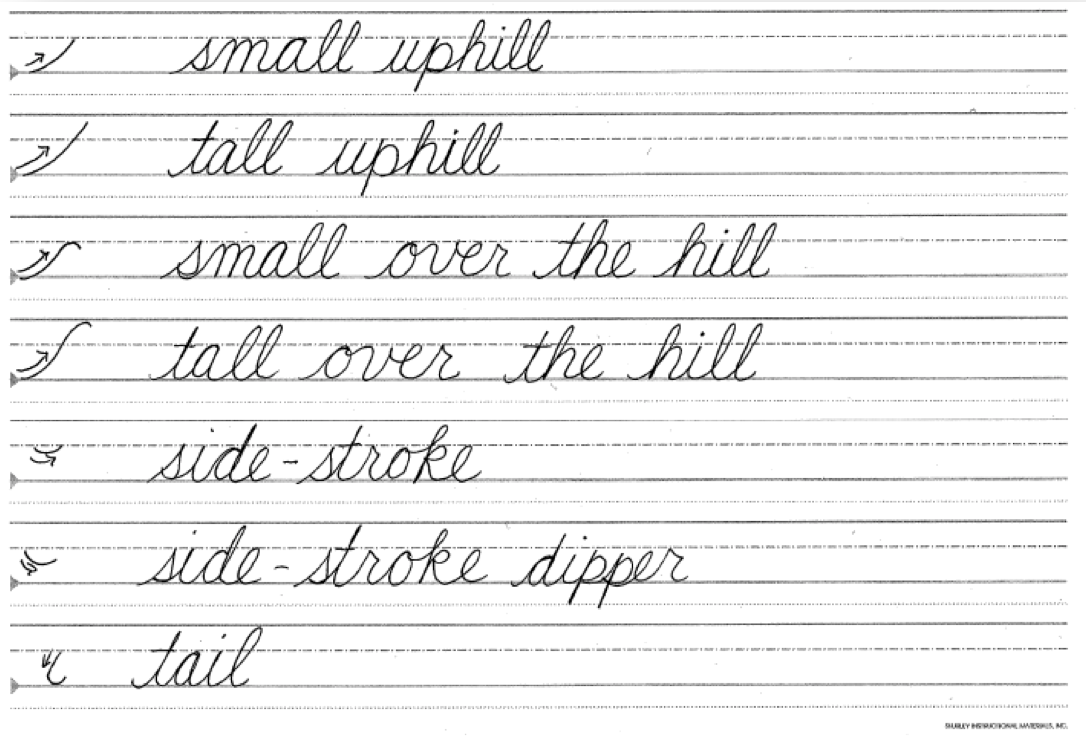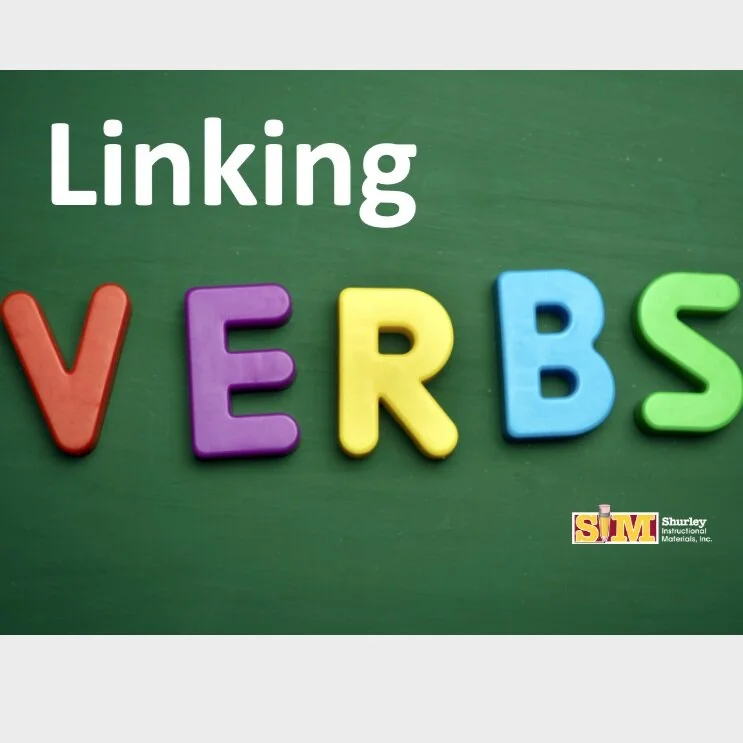I don’t know about you, but when it was time to introduce the concept of long vowels in the middle of one-syllable words ending in “e”, I would spend long hours in prayer…first for my sanity and then for my students’ comprehension! Sure, there are some great ways to get this concept across to kids, but below, I have outlined what I think works best.
Teach this first: Any of the single vowels make a long sound if immediately followed by an “e”. Let me say it again. Any time you place an “e” after the single vowels a, u, i, o, and e, you will hear the first vowel’s long sound, and the “e” goes silent. (For a more in-depth discussion about this first step, check out this post.)
NOW…it’s time to teach the Split Vowel Spelling Rule for Silent Final E. You may find it hard to believe, but this rule eventually just rolls right of the tongue! It’s so simple for little minds to grab onto because it provides the rationale for why the tiny letter “e” can have such power over the vowel it used to be paired with!
Here’s what happens when we split apart the vowel teams with a consonant. (We will use the following examples in our discussion: lie, hoe, cue.)
LIE
If I use the consonant “k” to split apart the i and e found in the word lie, what happens? I get the new word: like.
This is a direct application of the Split Vowel Spelling Rule! I explain that VC+e and CVC+e words are simply showing a V+e pattern that got split apart by a consonant. (Even young students begin to grasp this concept over a period of spaced repetition. It is a simple and effective explanation!)
HOE
If I use the consonant “p” to split apart the o and e in hoe, what happens? I get the new word: hope.
CUE
If I use the consonant “t” to split apart the u and e in cue, what happens? I get the new word: cute!
Now, this may not seem like earth-shattering news, but this kind of logical teaching can set students on a much more successful path for understanding spelling…and ultimately for improving their reading.
Next time, I will introduce Rule 2: The V-C-G-U Rule. You won’t want to miss it!
(This post is part of a series on Silent Final E. To start at the beginning, click here.)















































































































